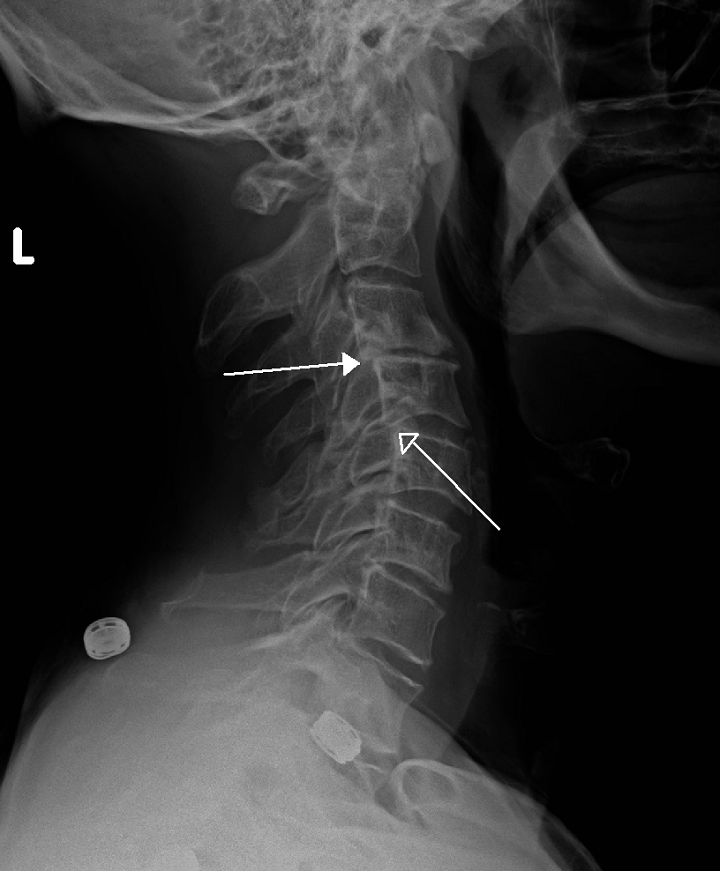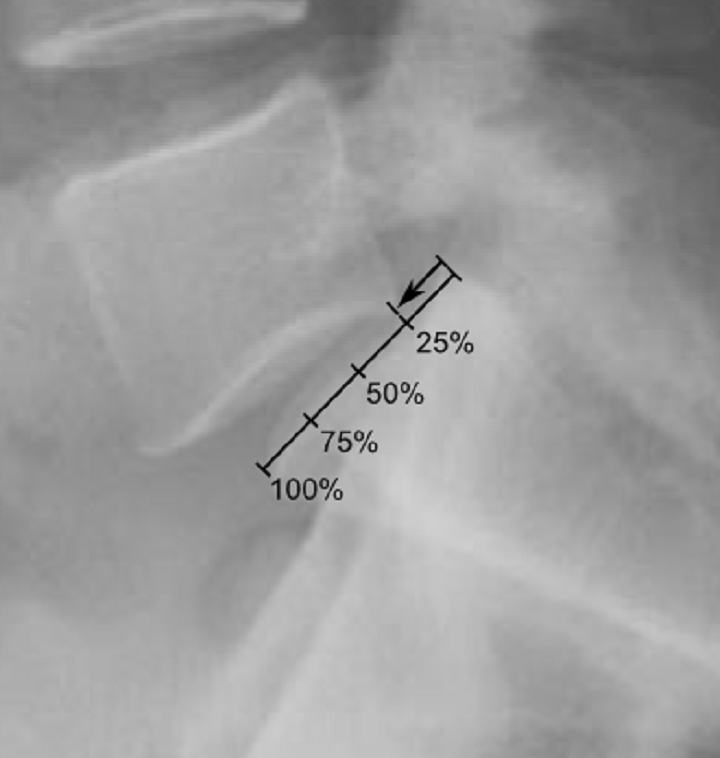Anterolisthesis is an uncommon alignment of bones in the spine and typically affects the lower back. Misaligned vertebrae can squeeze the nerves, and this can have annoying and crippling consequences. Other segments of the body, such as the arms or the legs, can also be affected by Anterolisthesis.
The measure of slippage is graded on a scale from mild to severe. Treatment can go from bed rest to surgery. Anterolisthesis is often known as spondylolisthesis.
Table of Contents
1. What Does Anterolisthesis Mean?
To understand what Anterolisthesis implies, it is first necessary to understand the significance of the word vertebrate. Vertebrae are bones that form structure an opening wherein the spinal cord goes. These bones are put together one on top of another.
Every individual bone that makes up the vertebrae is called a vertebra. The thickset, drum-shaped part of the bone that shapes the front part of the vertebra is known as the vertebral body.
These discs are situated between the vertebrae. They are known as intervertebral discs. The discs are flat and cushiony and act as shock absorbers.

Source: Wikipedia
2. Anterolisthesis Types and Causes
Anterolisthesis is generally classified as one of five significant etiologies: degenerative, isthmic, traumatic, dysplastic, or Pathologic. The two most common types are degenerative and spondylolysis. Other less common kinds of Anterolisthesis, such as slippage caused by a recent, severe fracture or a tumor.
Causes:
Serious impact to the spinal column and vertebral crack, often due to trauma or injury from engaging in strenuous sporting exercises such as weight lifting or gymnastics, as well as falls, vehicle collisions, and other such mishaps.
Anterolisthesis is regularly found in the elderly due to degenerative changes; conditions such as arthritis may affect the alignment of the spinal column.
Genetics can also play a part; congenital disabilities in the spinal column can result in Anterolisthesis even in kids. In some cases, the growth of a tumor can incite the forward slippage of a vertebra.
Anterolisthesis can happen anyplace in the body but usually transpires in the lumbar region, typically between the 4th and 5th lumbar vertebrae.
3. Typical Symptoms
Lower back pain felt at the source or radiating to different back areas is one of the most common complaints. Any discomfort experienced will very much depend on if the slippage has resulted in nerve compression, and if so, to what degree.
Nerve compression may cause changing symptoms depending on where it occurs, ranging in severity from mild to severely debilitating pain.
Symptoms may include:
- Sharp pain
- Numbness
- Difficulty walking
- Muscle spasms
- Postural issues
- Restricted body movement
- Loss of bladder/bowel control
- Loss of sensations – the ability to feel hot or cold

Is Anterolisthesis Serious?
Pain is regularly the primary symptom of Anterolisthesis. Misaligned vertebrae can compress the nerves, and this can have painful and debilitating consequences. Different segments of the body, such as the arms or the legs, can also be affected by Anterolisthesis. The rate of slippage is graded on a scale from mild to severe.
4. Different Grades of Anterolisthesis
The magnitude of spondylolisthesis is measured by grades depending on the seriousness of the damage caused to the vertebrae. The evaluations are segregated from 1 to 4 that determine the chronic condition of the human body. As the grade, builds the problem becomes chronic and difficult to cure.
Grade 1: The percentage of injury caused to the vertebrae is considered 25% or lesser. The power of spondylolisthesis is little and can be medicated with physiotherapy.
Grade 2: The percentage of damage ranges from 25% to 50%. The Slipping rate is more severe and must be paid attention to.
Grade 3: The slipping percentage scope from 50% to 75%. It is a severe case of spondylolisthesis. Specialists may propose complete bed rest under such circumstances.

Source: Wikipedia
Grade 4: The state of slippage may be more than 75%; however, below 100% in Grade 4. It is a serious case and may need immediate medical surgery.
Grade 5: In the case of 100%, a vertebra completely tumbles off.
Does Grade 1 Anterolisthesis Require Surgery?
Individuals with grade 1 and 2 slippages typically have mild symptoms, and the treatment plans to alleviate pain and discomfort. Grade 3 and 4 slippages are considered severe and may eventually require medical surgery.
Treatment choices for mild slippage may include a short course of bed rest, gentle exercise, and pain medication.
5. Anterolisthesis Treatment
Moderate strategies are usually the first line of treatment.
Rest: Resting and avoiding sporting activities can help prevent further harm and help in the healing process.
Pain Relief Medication: Over-the-counter medicine can provide significant relief for mild to moderate pain. In situations where severe nerve compression has happened, more vital medication may be prescribed, such as steroids or opioids.
Physiotherapy: Specific exercises and stretches can be highly valuable in treating spondylolisthesis, assisting to strengthen the surrounding muscles, improve portability and reduce painful symptoms.

Surgery: In more serious cases, medical surgery may be considered if all other choices have failed. This might be to reduce nerve compression or by using internal fixation to stabilize the spine.
Pain Management: It is a complex state – the multi-disciplinary methodology of the suffering Management clinic can provide effectual management and treatment, working with patients on an individual basis to provide a tailored treatment plan.
Risk Factors
Older people are more likely to be affected by Anterolisthesis. It usually happens in people more than 50 years old, with women reporting a quicker rate of improvement.
The standard Aging process causes the bones to weaken and become more susceptible to damage, including Anterolisthesis.
Individuals who engage in regular strenuous exercise increase their risk of getting spondylolisthesis. These involve athletes and weightlifters in specific.
The risk of Anterolisthesis can be lower by:
- Strengthening the back and abdominal muscles
- Taking an interest in sports that limit the risk of a lower back injury, such as swimming and cycling
- Keeping a healthy weight to lower stress on the lower back
- Consume a well-balanced diet to assist keep up bone strength

